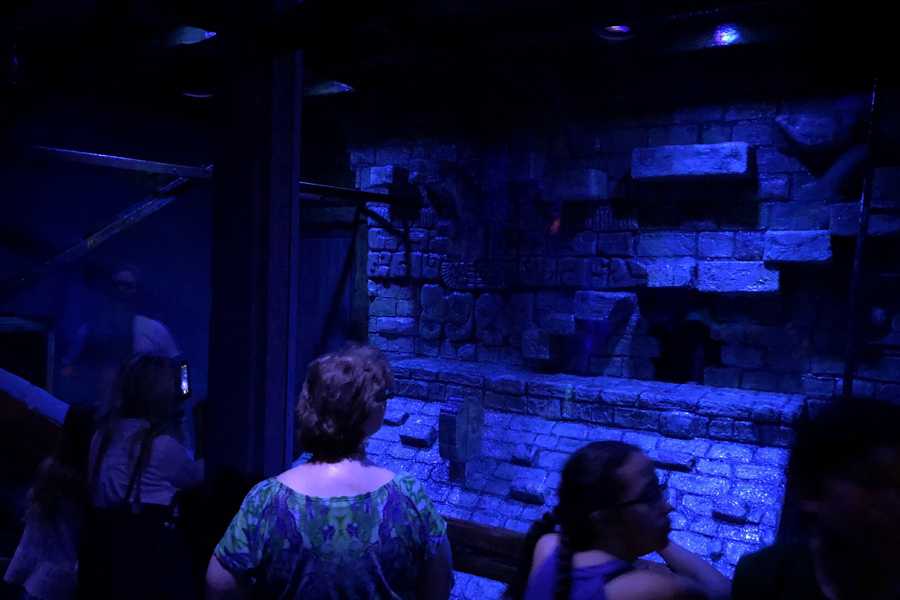Altman Lighting goes nocturnal in New Orleans
- Details

Mike Gonzales, LEA-Inc. controls specialist, comments: “We have done quite a few projects over the years with the Audubon Zoo, but nothing as unique and specific as this installation. The project was part of a $3m addition to the zoo called the Jaguar Jungle, designed to showcase animals from South America. We were brought on to the project by the engineers who asked us to create a spooky, night time lighting design for the Creatures of the Night Bat House, and the Chalice RGBW fixtures were the ideal solution.
“It was the zoo’s vision that when you walk into the exhibit, it needed to look as natural as possible to make the visitors feel as if they are walking through the Mayan ruins on a dark and creepy night,” continues Gonzales. “Coming into the room from the outside, it takes your eyes a moment to adjust, but once they do, you really get the full effect with all the sights and sounds, and it looks great.”
As construction moved forward on the bat house, the design team began to finalize the placement of the lighting instruments that would accentuate the design. Requiring a RGBW recessed fixture for the internal areas of the habitat, there was only one technology innovation that emerged to meet the challenge.
“Inside the actual bat enclosures, we have a total of 13 recessed Chalice 50W LED RGBW fixtures,” adds Gonzales. “We then have 12 pipe-mounted Chalice fixtures for the walkways, and they are all controlled via a DMX lighting control system. It was a design necessity that we have an RGBW recessed fixture for the bat enclosures, and the Altman Chalice LED stood alone as the lighting technology that could meet the specification.”
With the installation complete, the programming of the lighting design became an integral part of the exhibits success. Understanding that the animal activity inside the bat house would be essential to giving visitors the desired effect, the circadian rhythms of the nocturnal creatures is cued by the programming.
“What was most interesting about the design was that the animals inside the exhibit are on a reversed circadian rhythm,” explains Gonzales. “Since they needed to be active during daytime when the visitors are at the zoo, we created the nighttime looks to trigger their normal nocturnal activities. Once the park closes, the Chalice fixtures then begin their colour temperature transition shifts into daytime looks so that the animals can go to sleep, and the process continues on a continuous 24-hour cycle.”
(Jim Evans)












